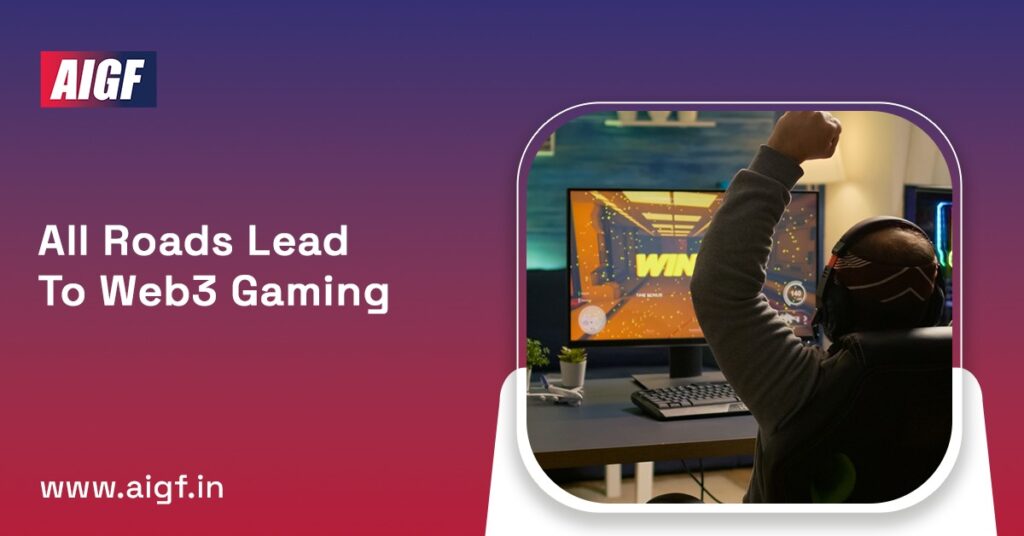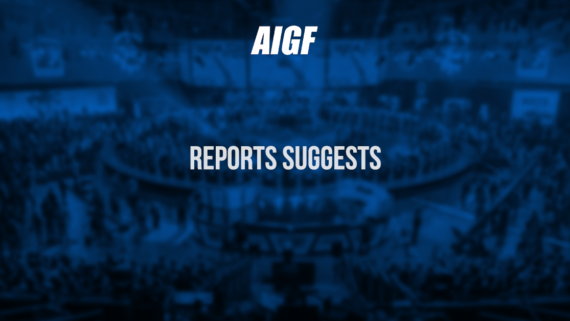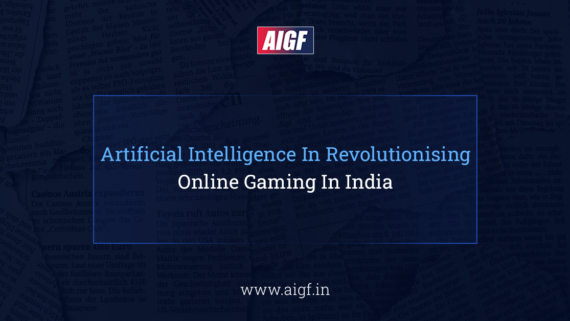As Roland Landers says, “Web3 gaming is an industry that already has a strong vantage point concerning attracting investments and talent. A young demographic and affordable internet penetration within the country ensure a huge available market. With a positive push from the government, Web3 gaming can catapult India into a new age of the digital economy.
All Roads Lead To Web3 Gaming
As per data from research firm Tracxn, Web3 gaming organizations in India have brought in $6.7 million in funding between January 1 and August 30 this year — just a multiple of the $2.4 million brought in in all of 2021. Pretty much every gaming organization in the nation has either forayed into the Web3 gaming section or is planning to do as such.
“In India, the biggest gaming platforms and companies are looking towards Web3 games. Unicorns like MPL, are reported to have either already ventured into Web3 gaming or invested in the sector. “Numerous Indian developers are creating NFT and Web3-based games,” Roland Landers says. CEO of the All India Gaming Federation “With Web3 gaming and NFTS in play, the player-owned economy will be a new reality. The meteoric rise in investment and adoption is evidence that the sector is the new sunrise segment in the media and entertainment industry.”
The ascent of Web3 gaming comes on the heels of a developing gaming market in India. As per the KPMG report, India logged 433 million online gamers in FY21, and the number is supposed to move to 657 million users by FY25. Beyond the Tipping Point, was published a year ago. Furthermore, the country’s online gaming industry created an income of $13,600 crore in FY21, of which casual gamers contributed Rs 6,020 crore, the report said.
This figure is projected to ascend to Rs 29,000 crore in FY25, with casual gamers contributing Rs 16,900 crore. The report additionally said that customer spending in the sector is supposed to move from Rs 2,410 crore in FY21 to Rs 6,970 crore in FY25.
The worldwide decentralized application (dapp) store DappRadar expressed in its Q1 2022 blockchain games report that investments in blockchain games in Q1 2022 added up to $2.5 billion. Assuming this speed is maintained, investments in the space will be 150% higher this year than last.
That is not all. Blockchain gaming has expanded by 2,000% from Q1 2021, with dapps representing 52% of the industry’s activity. DappRadar additionally recorded the making of 1.22 million remarkable dynamic wallets for blockchain games in March this year.
What is Web3 gaming?
What is Web3 gaming, exactly? Furthermore, what makes it a superior option in contrast to traditional gaming?
The most commonly connected term with Web3 is digital currency, which is a decentralized currency. In any case, digital currency is only one utilization of blockchain innovation. Web3 can likewise consolidate decentralization in gaming. This raises the prospect of opportunities for gamers in terms of ownership, interoperability, and play-to-earn. In traditional gaming, in-game assets (gained through in-game purchases or through playing the game) are the property of the game publisher. “Gamers tend to spend lots of money to acquire these assets,” says Parth Chadha, CEO of the Polygon blockchain-based fan engagement platform, STAN. But if for some reason, the game is banned, or the publisher shuts down the central servers, or a player loses interest in the game, these assets are lost, as they are limited to the game.”
Web3 games allow for the creation of NFTS of these assets, which can be bought and sold, giving the games an element of play-to-earn. Thus, gamers can exercise complete ownership over their assets.
These NFTs can also be traded across different gaming platforms on the blockchain, which is known as interoperability. However, this may not apply to all Web3 games. “Interoperability is going to be limited to only certain games. It cannot be implemented in every game, “says Amanjot Malhotra, the head of growth at Tezos India, a blockchain adoption entity.
The recent digital currency crash may have made some people apprehensive about blockchain. But Roland Landers believes that though Web3 games may see decelerated growth in the short term, they will bounce back much better than other use-cases.
The reason is that gaming/entertainment is the core of the industry, while NFT/Web3 elements are more of an enabler. Therefore, as long as gamers enjoy the games, the industry will keep seeing an upward trend. “The prospects in India are quite positive,” he says.
Regulatory hurdle
The lack of regulations around Web3 gaming in India may prove to be a serious hurdle. Roland Landers says that since Web3 is still a foundational technology, it may take some time for the government to analyze the sector and come up with regulatory policies.
At present, the only Web3 policy in place is the recent taxation regime for virtual digital assets (including NFTs). But this, too, lacks clarity. Web games are, therefore, governed by general laws applicable to traditional online games, says Roland Landers.
“There is still some apprehension in the government about the digital currency aspect of Web 3. But since Web3 gaming is a very different use-case of blockchain, we are hopeful that the government will treat it differently and understand its nuances, “he adds.
Given the prodigious rise in the popularity of online gaming in India, the increasing willingness of consumers to spend money on it, and the immense untapped potential of the crypto-tech industry, a promising future beckons.
As Roland Landers says, “Web3 gaming is an industry that already has a strong vantage point concerning attracting investments and talent. A young demographic and affordable internet penetration within the country ensure a huge available market. With a positive push from the government, Web3 gaming can catapult India into a new age of the digital economy.
Credit: Business Standard











Comments
Comments are closed.